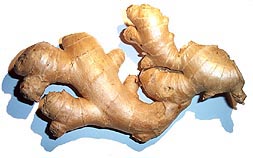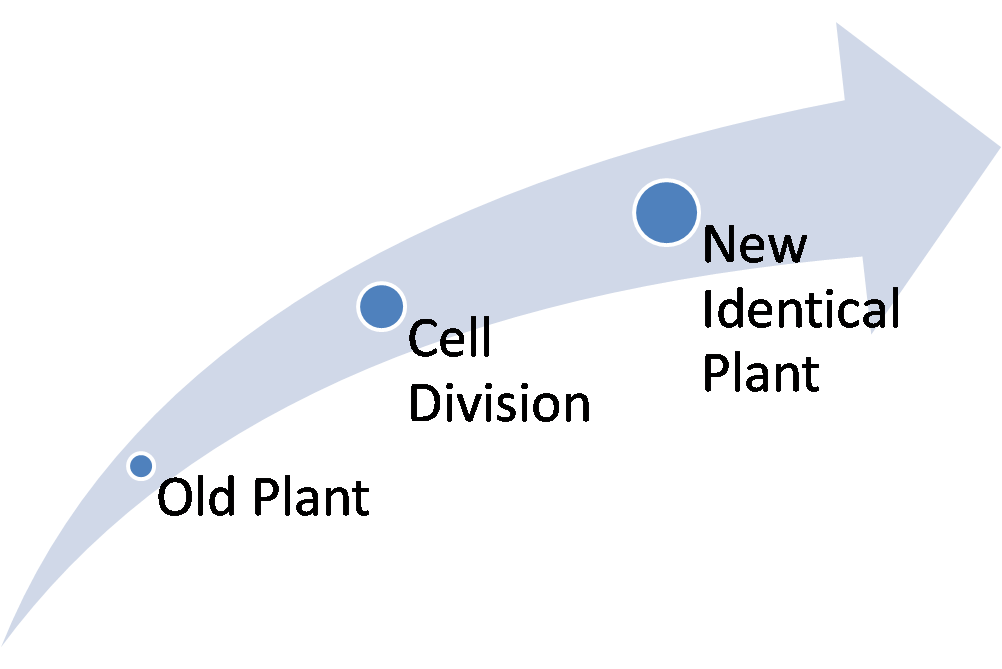Zingiber officinale
(Ginger)
Chelsey Rodger
Bio 203: University of Wisconsin- La Crosse
Reproduction
Ginger has low genetic diversity because it reproduces asexually by vegetative propagation. Vegetative propagation is a form of asexual reproduction in multicellular plants in which the new plants are created from the roots, stems ,or leaves of the parent plant. Zingiber officinale primarily produces from spreading the rhizome. The stem generated from the plants' rhizome forms a bud that becomes a complete plant, a clone of the original plant. The new plant arises from absolutely no production of spores or seeds! Another organism that reproduces similarly to ginger is the sweet potato.
Advantages of asexual reproduction include:
-The rapid production of individuals in large quantities
-Bypassing the sexual phase can help a plant in times of dryness since motile
sperm requires water to fertilize the egg
-Can be cloned for economic purposes

Sexual reproduction does have an advantage in which asexual reproduction can not have. Through sexual reproduction, two sets of genetic material are used which allows for genetic variations in the new plant and can lead to better odds of survival. Some primitive Zingiber species including Z. neesanum and Z. nimmonii do reproduce sexually by means of seeds.
Want to find out how this organism is classified? Click here!
